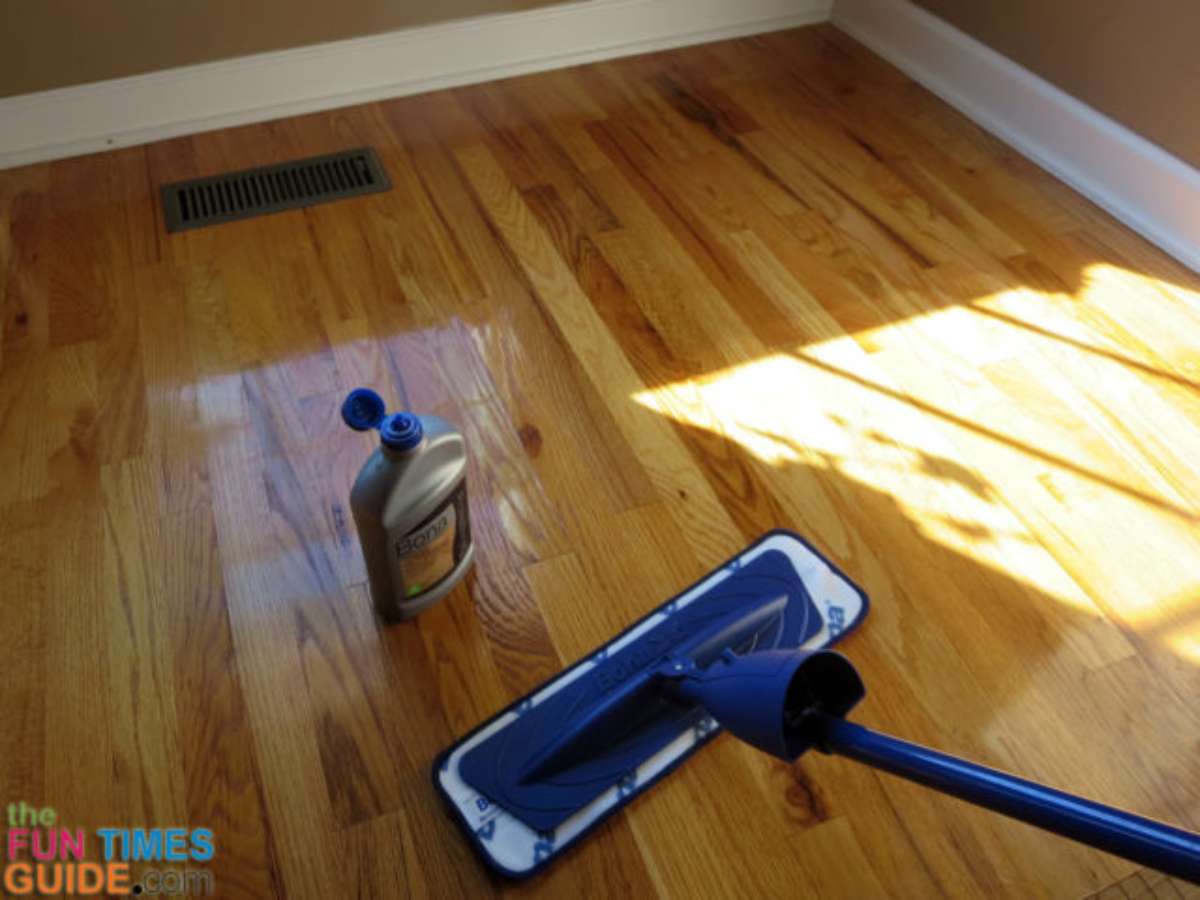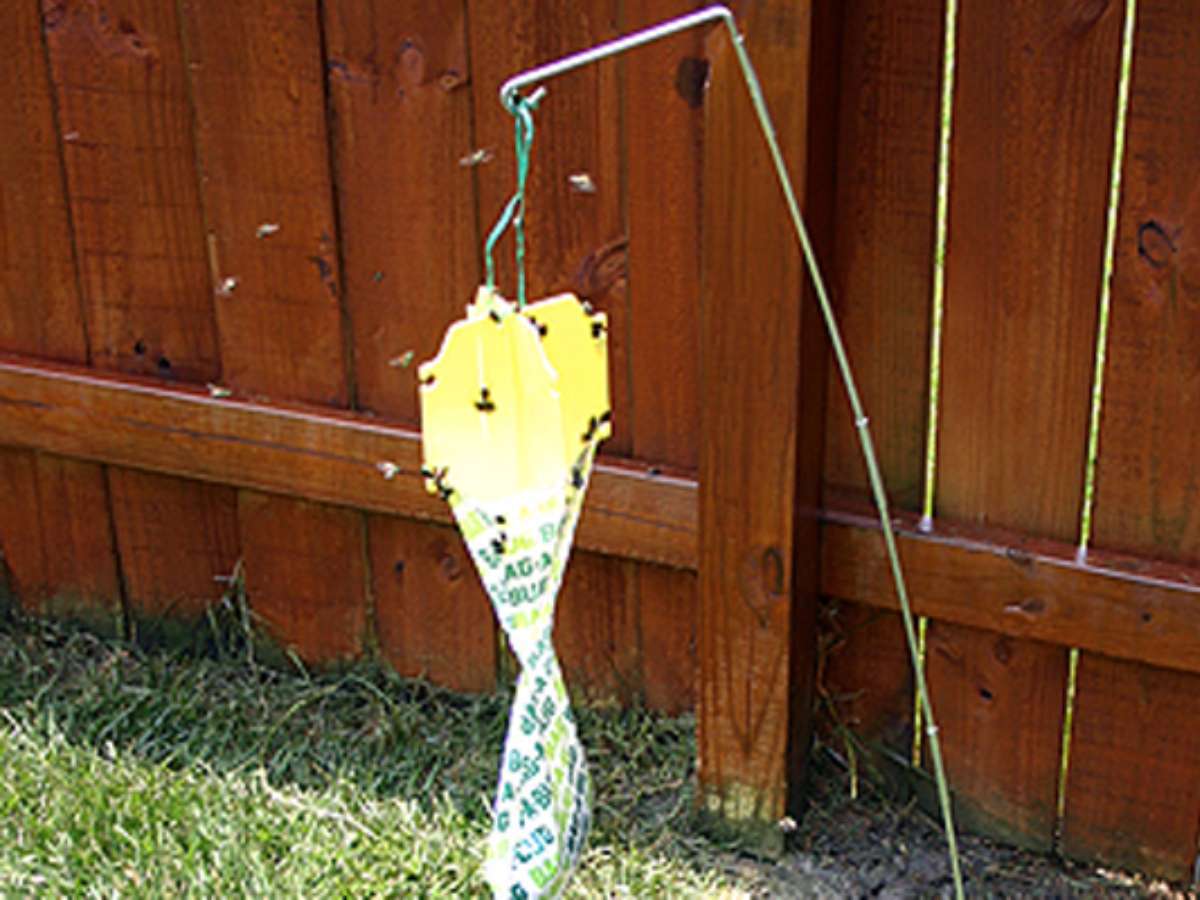Inground Pool Cover Options
If you’re not using your swimming pool much these days, there’s a better option than draining it and filling it in OR keeping it covered year round.
With a swimming pool Deckover cover (or “in-pool deck”), you can use all of that valuable space in your backyard that’s currently being consumed by the pool any way you want to!
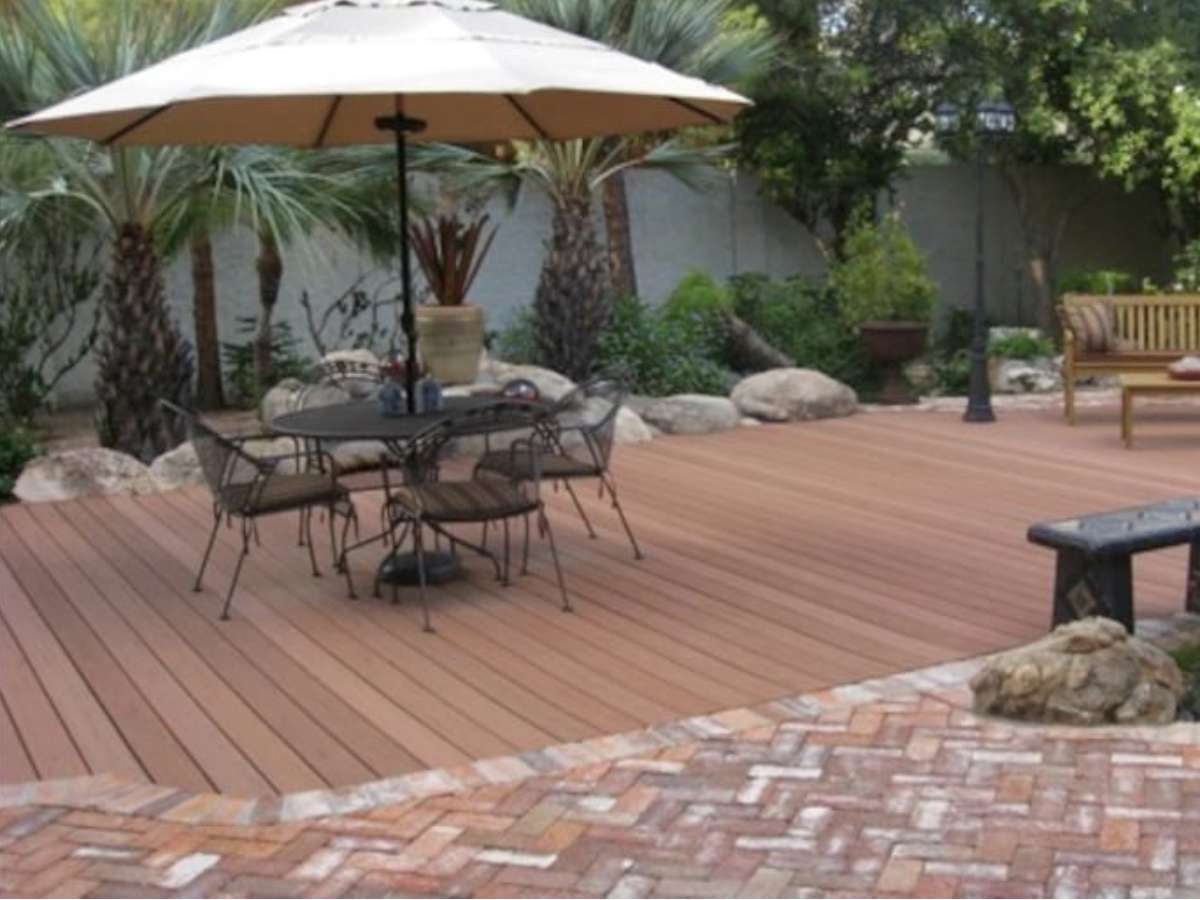
A “Deckover” is the process of placing composite decking over an existing swimming pool. This gives you usable living space while protecting your pool until the time comes that you either want to use it again or sell your property.
That’s right, a Deckover pool cover can be completely removed so the swimming pool can be filled with water and used again — without any damage to the pool itself.
Deckover, a Phoenix pool & spa retirement company, covered Wright’s pool with composite material decking. It cost him $6,000 but the move isn’t permanent. The space underneath can be used as storage — and it’s completely reversible.
–Sports Clinic Tampico
Is It Time To Retire Your Swimming Pool?
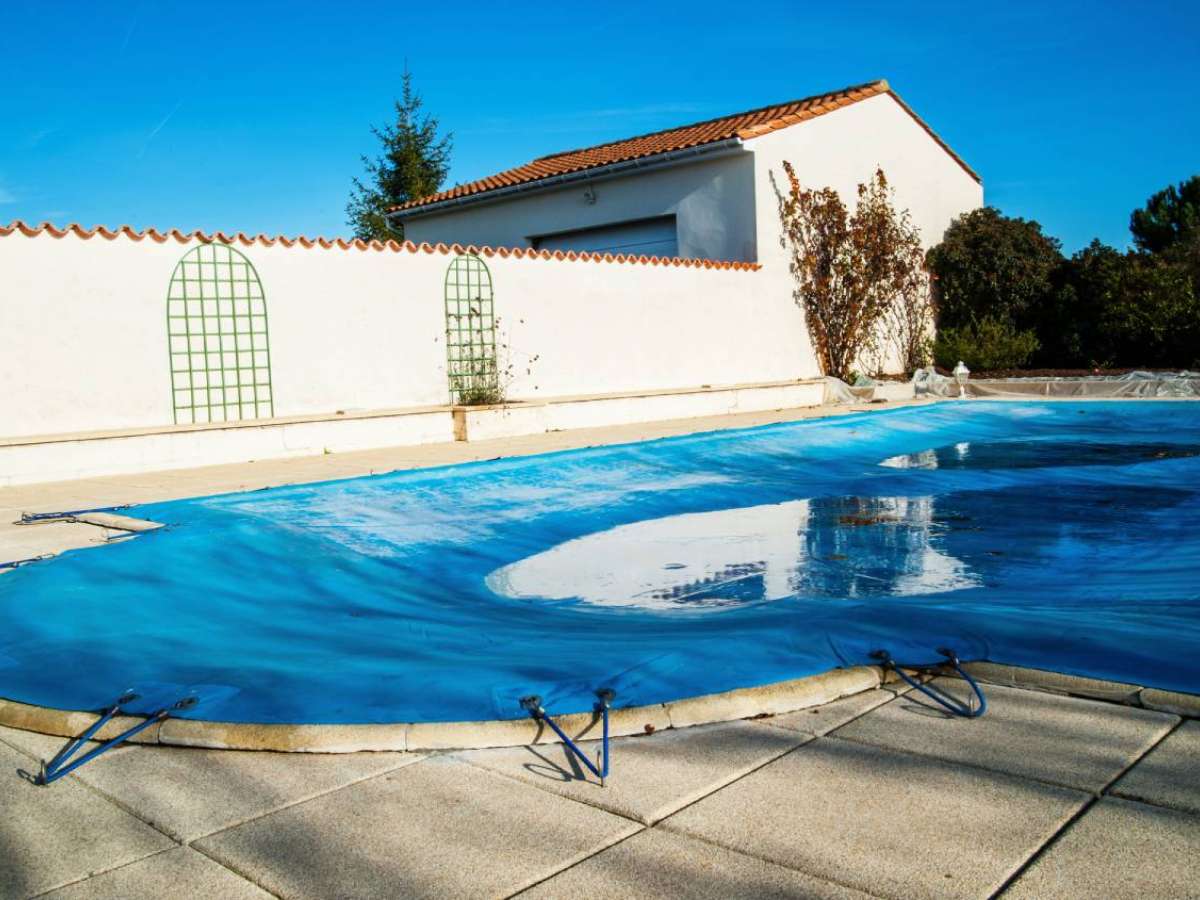
Installing an inground swimming pool (or buying a home that already had one) probably seemed like a really good idea at first.
But if you seldom feel like swimming these days and the cost of maintaining your swimming pool just isn’t making sense anymore, then it may be time to find other uses for that area of your yard.
Unfortunately, filling in or tearing out a swimming pool is a big expense. Plus, you would also lose the added resale value when it came time to sell your home.
One of the best options that will put an end to the monthly maintenance expenses while allowing you to retain the swimming pool for use some day in the future is to install a pool Deckover cover.
View Deckover photos to see what their in-ground pool cover is like.
Benefits Of A Pool Deckover
A swimming pool Deckover cover makes sense for many reasons:
- Cost savings – No longer will you be paying for electricity to heat and circulate the water in your pool. And no longer will expensive chemical treatments be required.
- Safety – It removes the possibility of children and pets accidentally falling into the pool and drowning. No longer will you have to maintain a fence or removable cover over the pool in order to meet local safety ordinance requirements.
- Storage – The now empty swimming pool can be used as storage space. Constructing your Deckover in a water-tight manner will provide valuable dry storage space.
- Resale value – Since the swimming pool is still there, when it comes time to sell your home, potential buyers will have the option of removing the Deckover and re-filling the pool with water if they wish.
- Outdoor living space – With the new deck comes a perfect place to set up an outdoor dining or entertaining area. Or, simply use it as more space for the children to play.
- Insurance savings – Without an active swimming pool, the cost of your homeowners insurance will drop. Pools are nice, but they can be a liability issue.
- Completely reversible – Returning your pool to normal function is a simply matter of removing the deck that covers it. The deck or supporting structure and equipment do not damage the existing pool structure.
How It’s Done
The process of installing a pool Deckover cover is quite simple, actually.
A pool Deckover is constructed very much like a standard composite deck that is attached to a house.
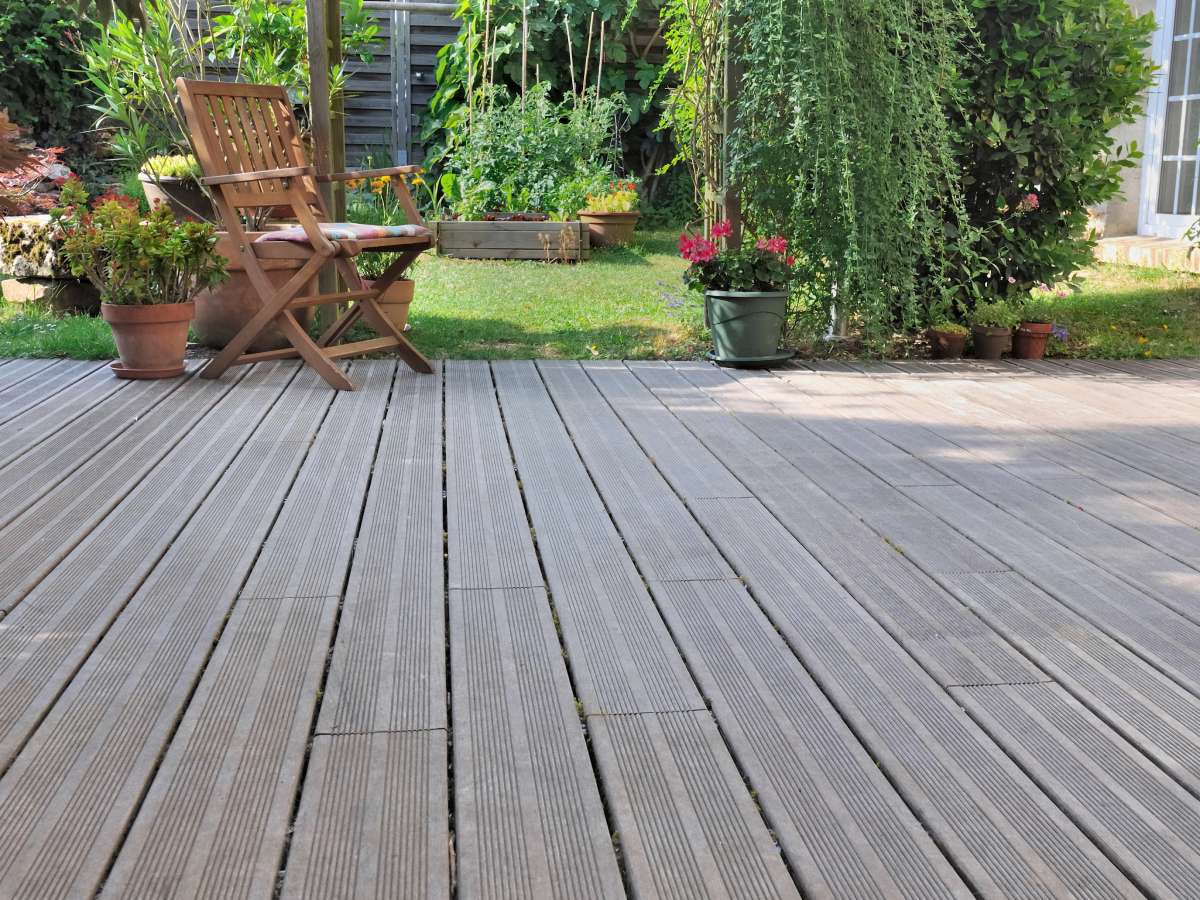
It typically takes about 1 week to complete a Deckover project.
We called it Deckover Construction, because we were building a deck over the pool, thus “Deck Over” put together in one word. Although the Deckover name was working for the business, that name didn’t seem to be as descriptive as we wanted it to be. Today, all we do is Retire Swimming Pools by building a deck inside the top of the pool. This helped us formulate the new name, since it says exactly what we do. We decided to change the company’s name to “Retire My Pool.”
— Jeff Getz, founder at Deckover / Retire My Pool
There are a couple of things to consider before installing a pool Deckover:
- Many swimming pools are quite wide. Construction of a deck would require sufficient support and should be designed by a structural engineer.
- If the deck itself isn’t watertight, then you will need to install a sump pump in order to prevent standing water from accumulating and creating a health hazard.
- If you want to be able to drive over it, it will need a few additional reinforcements.
How Much Does A Deckover Cost?
The price for a Deckover varies depending on the size and shape of your swimming pool — but the quote at the start of this article shows that it can be done for $6,000.
Here are the facts, according to Deckover / Retire My Pool:
Average pool costs (depending on the size of the pool) are around $218 per month. That means it costs approximately $2,616 per year to maintain a swimming pool of average size.
Deckover says that the average payback time is less than 4 years — sometimes less. So that means the average cost to install a Deckover pool cover is somewhere around $10,000, give or take.
These are the factors that go into the cost of a Deckover inground pool cover:
- Surface area of the pool
- Span of the members
- Shape of the pool (a curved pool is more difficult than a rectangular shaped pool)
- Different levels, steps, or benches cost a little more
- Type of material used on the deck itself
Think Outside The Pool…
If you don’t go the Deckover route, following are a few other options during the time when your swimming pool is empty and/or you no longer want to use your pool for swimming:
- Turn your empty pool into a skateboard park.
- Watch kids play games inside an empty swimming pool.
- Host a party inside your empty pool.
- Take a radio-controlled vehicle for a drive inside the empty pool.
- Give the kids a safe place to ride their bikes.
According to The Dollar Stretcher:
I learned that you can’t just empty the pool of water. If you do, it will float up out of the ground, possibly damaging plumbing and electrical connections to the pool. You can’t just fill it with dirt. With no way for rainwater to drain through the pool liner, it will become a mud pit. The decommissioning process starts with draining the pool. Then holes are drilled through the pool liner. A jackhammer or backhoe is used to remove the rim. Then it’s filled with dirt and landscaped over. It’s a very permanent thing. And can cost several thousand dollars.

